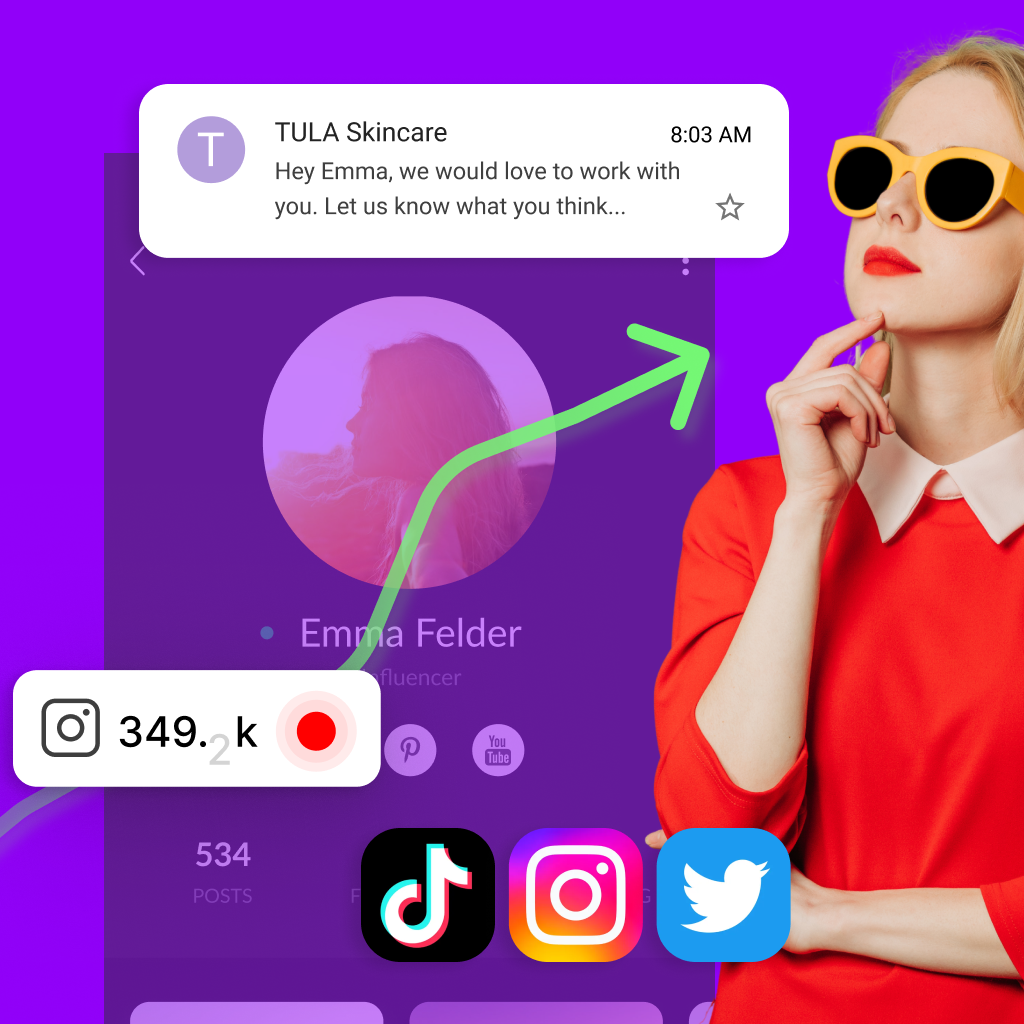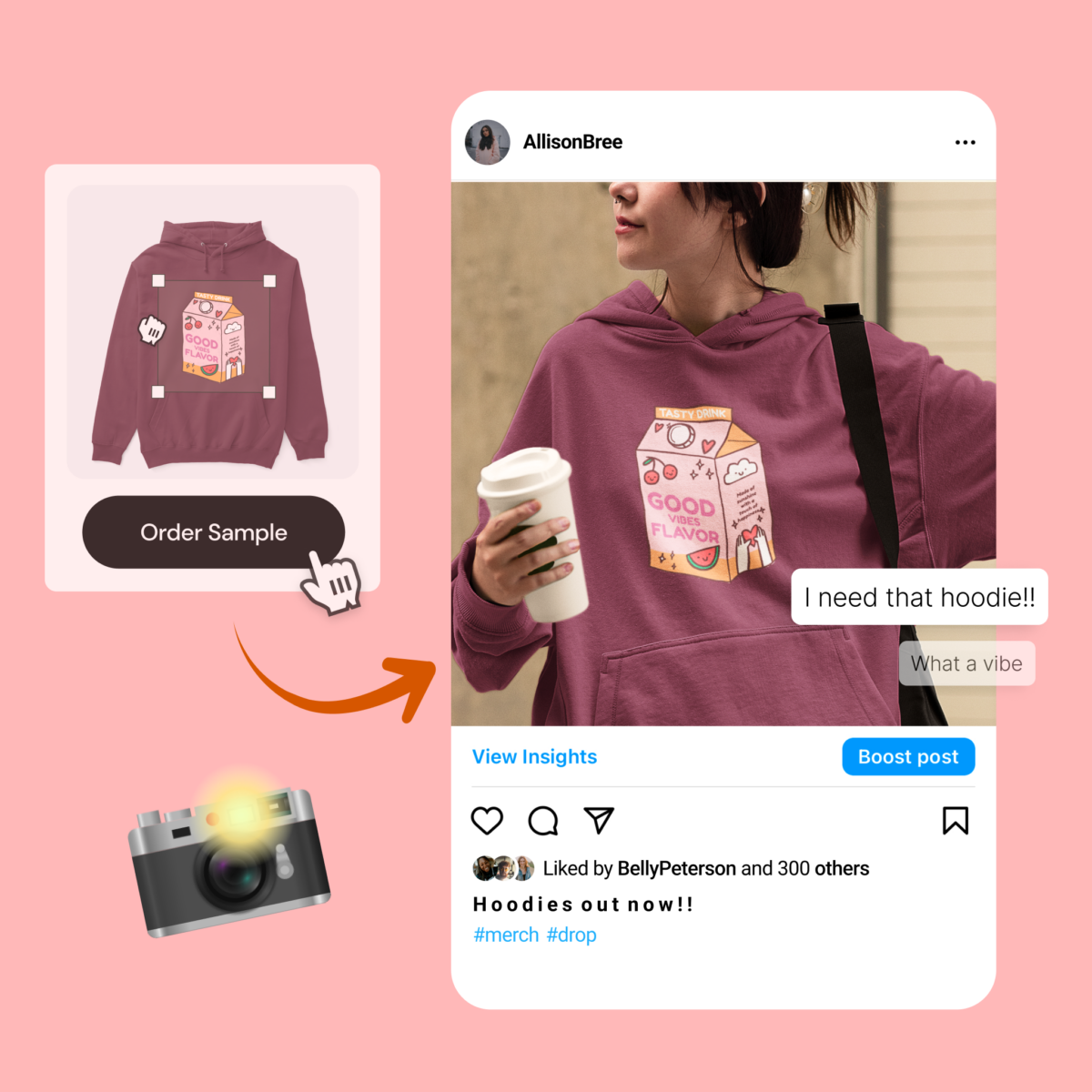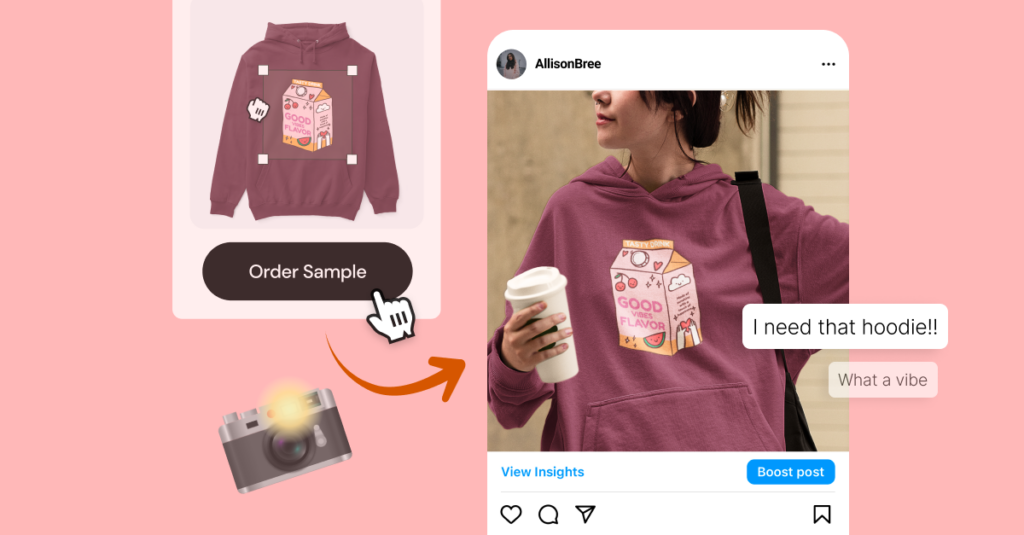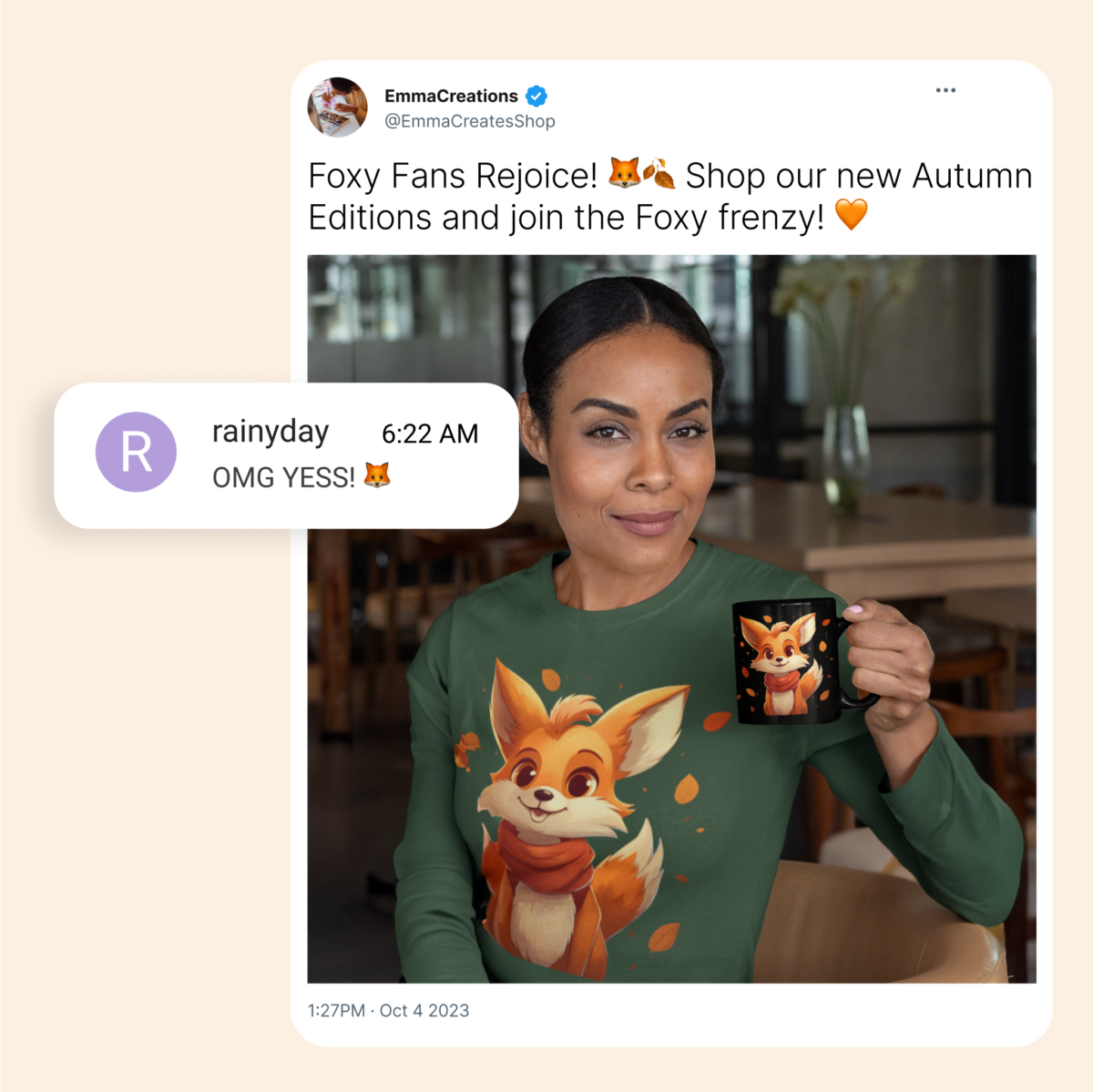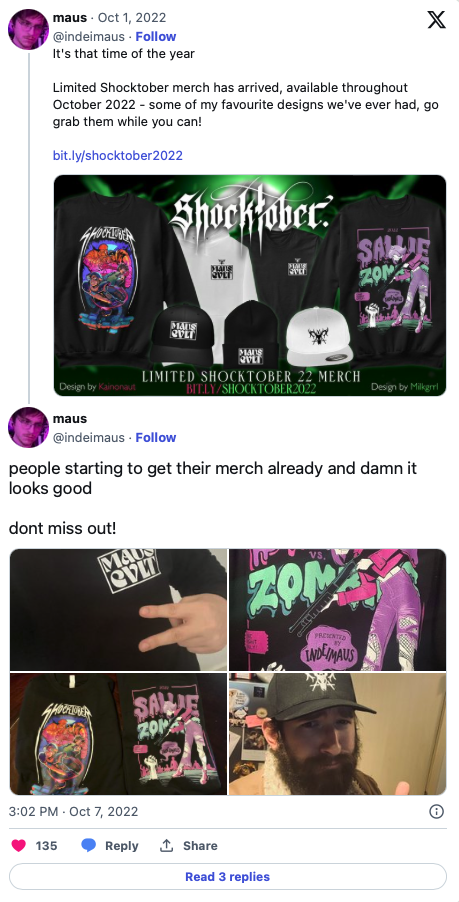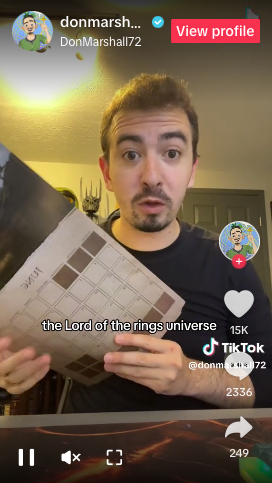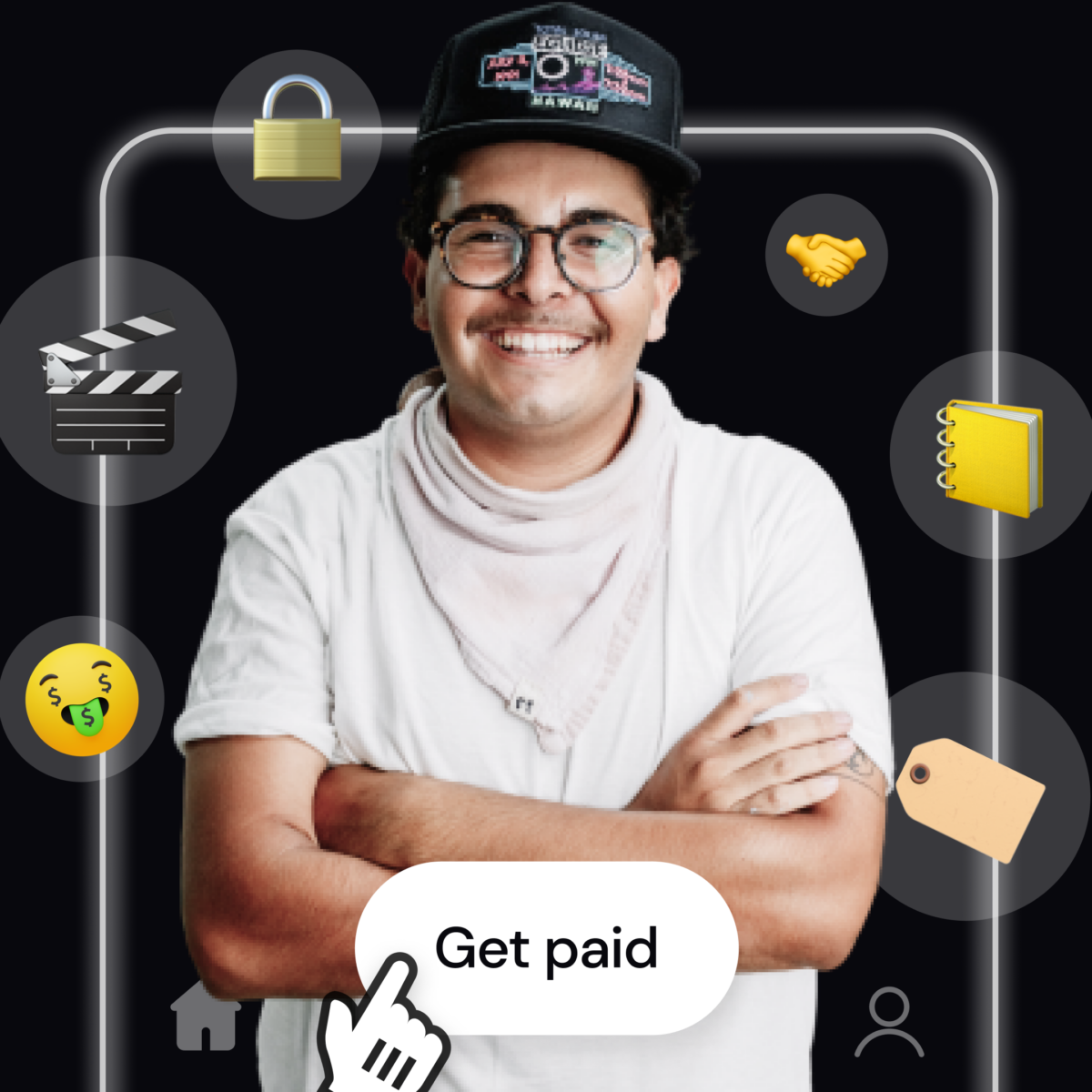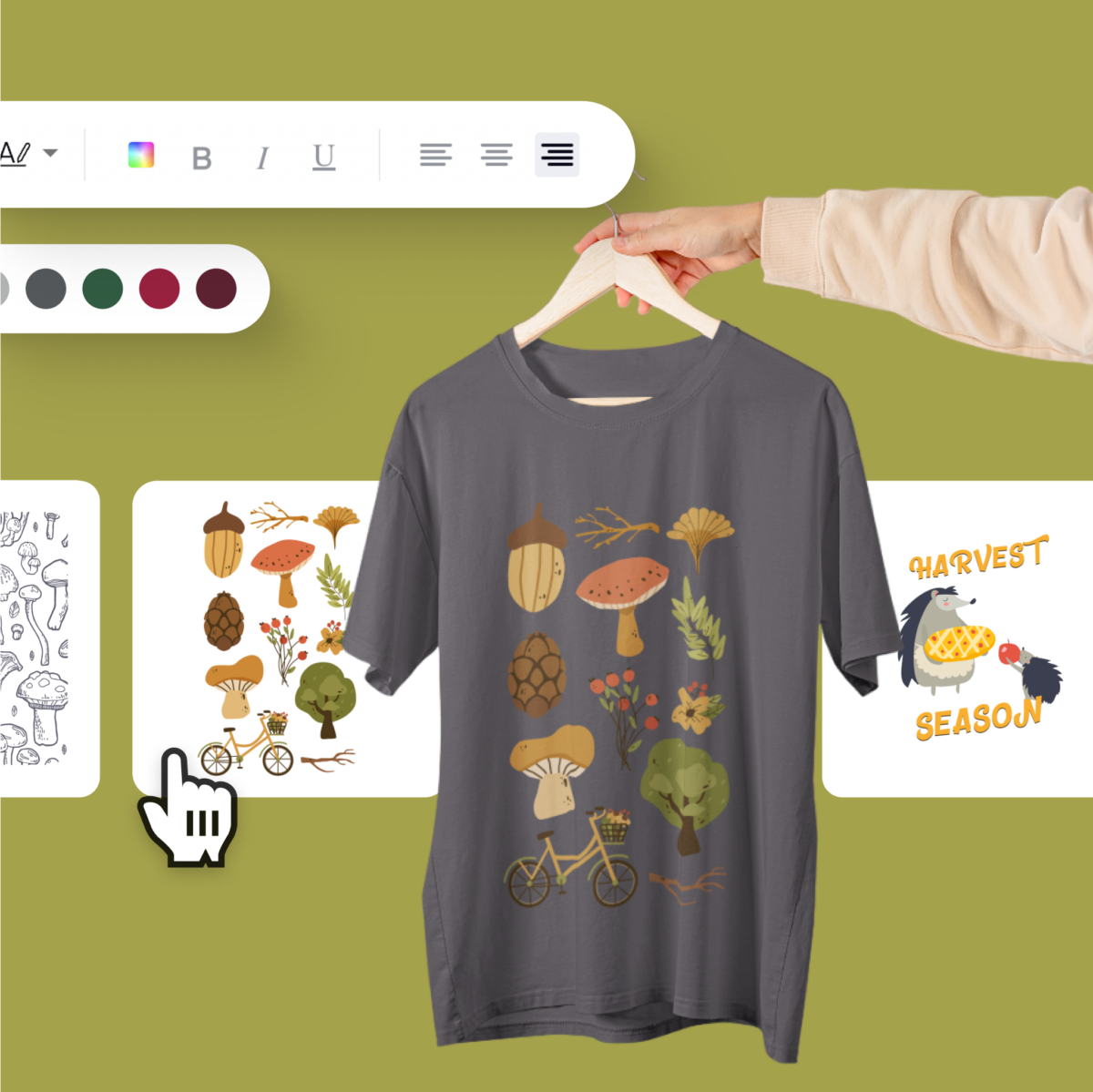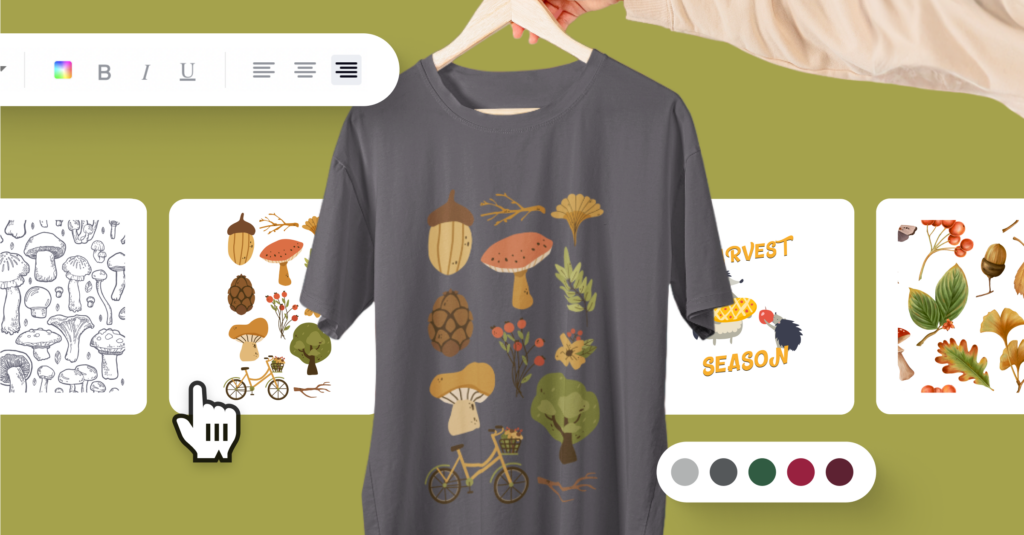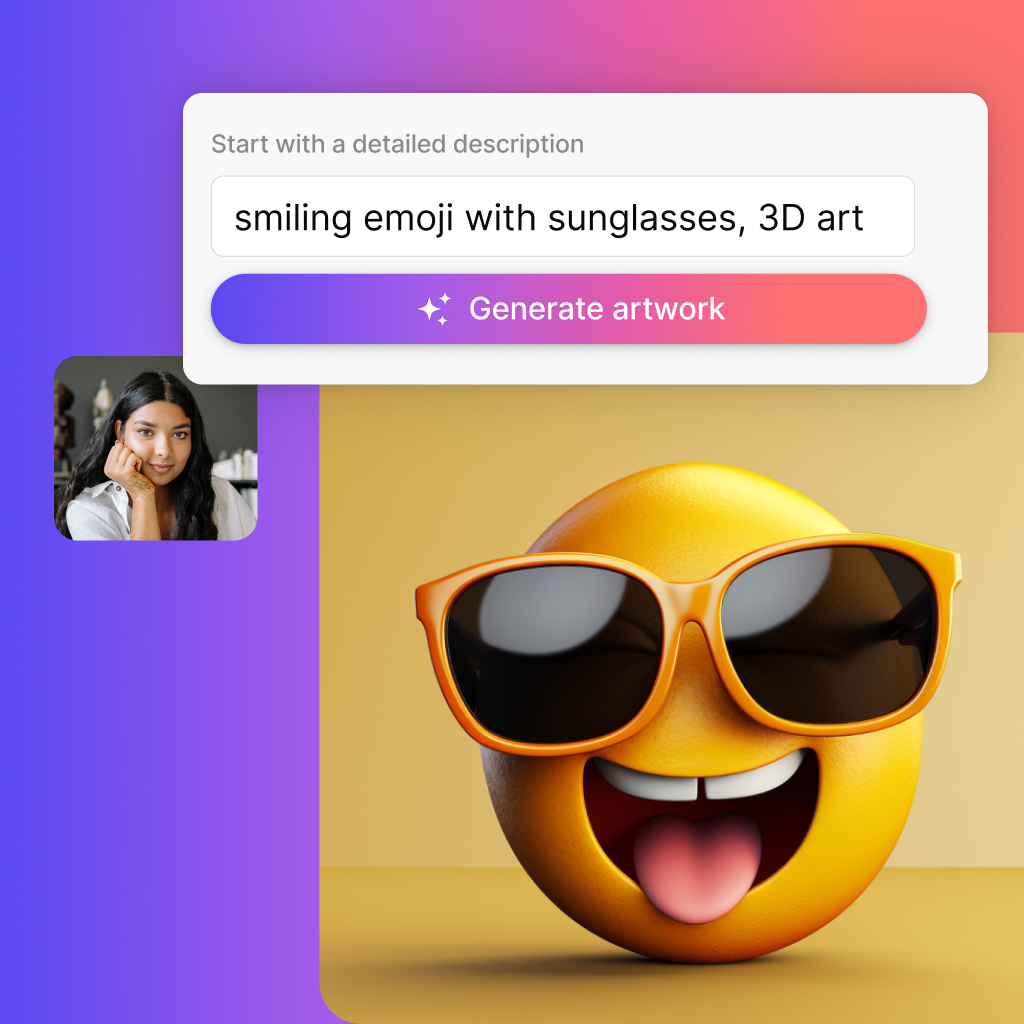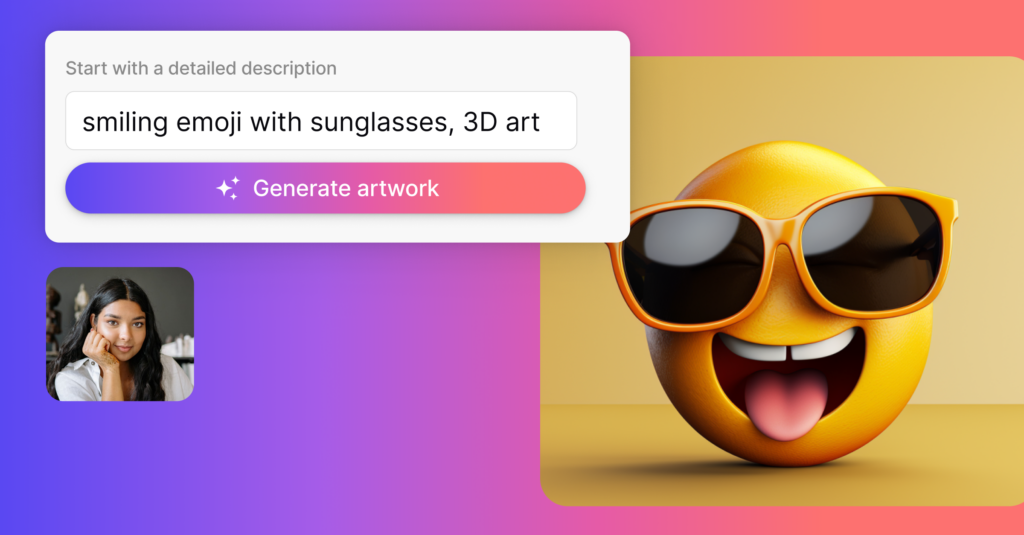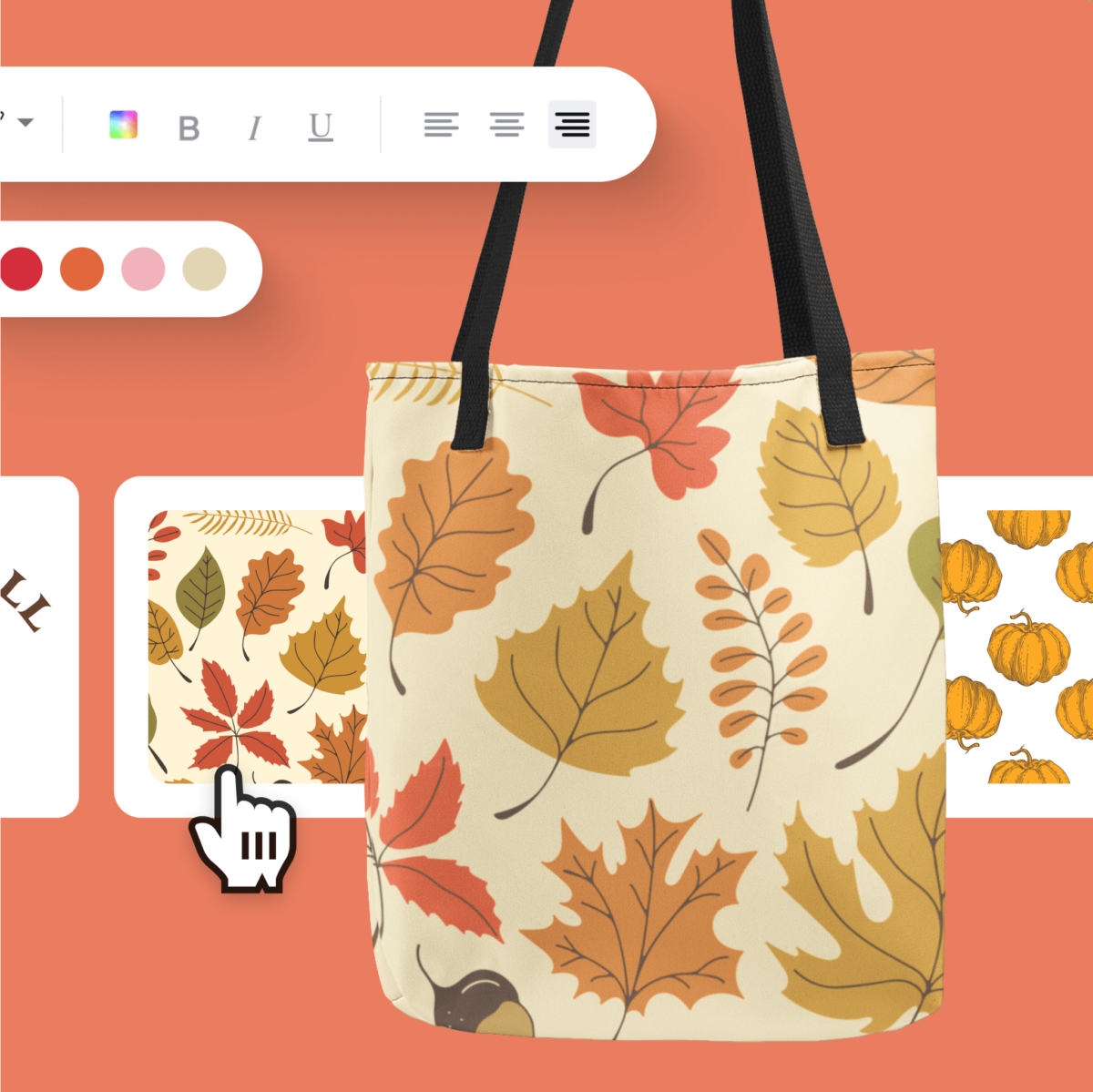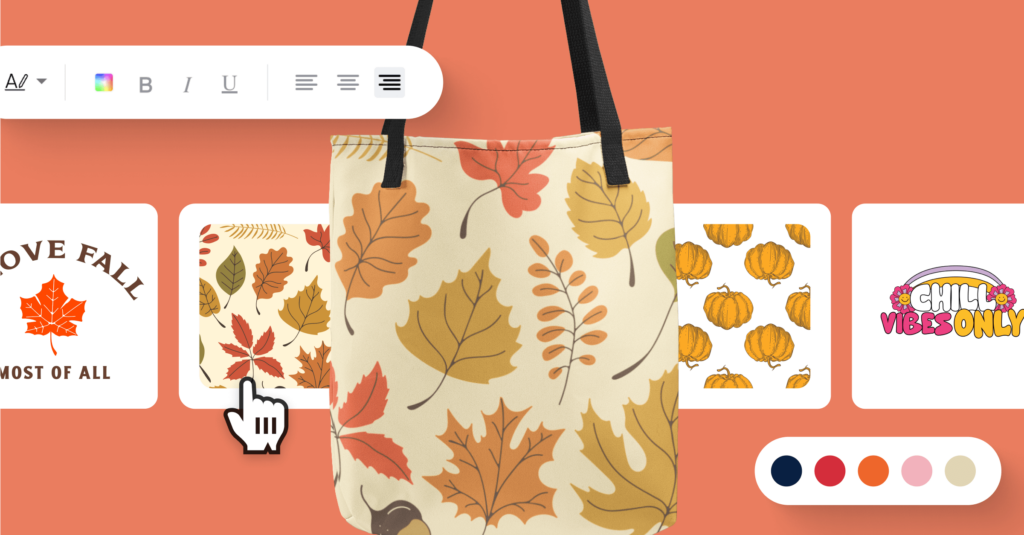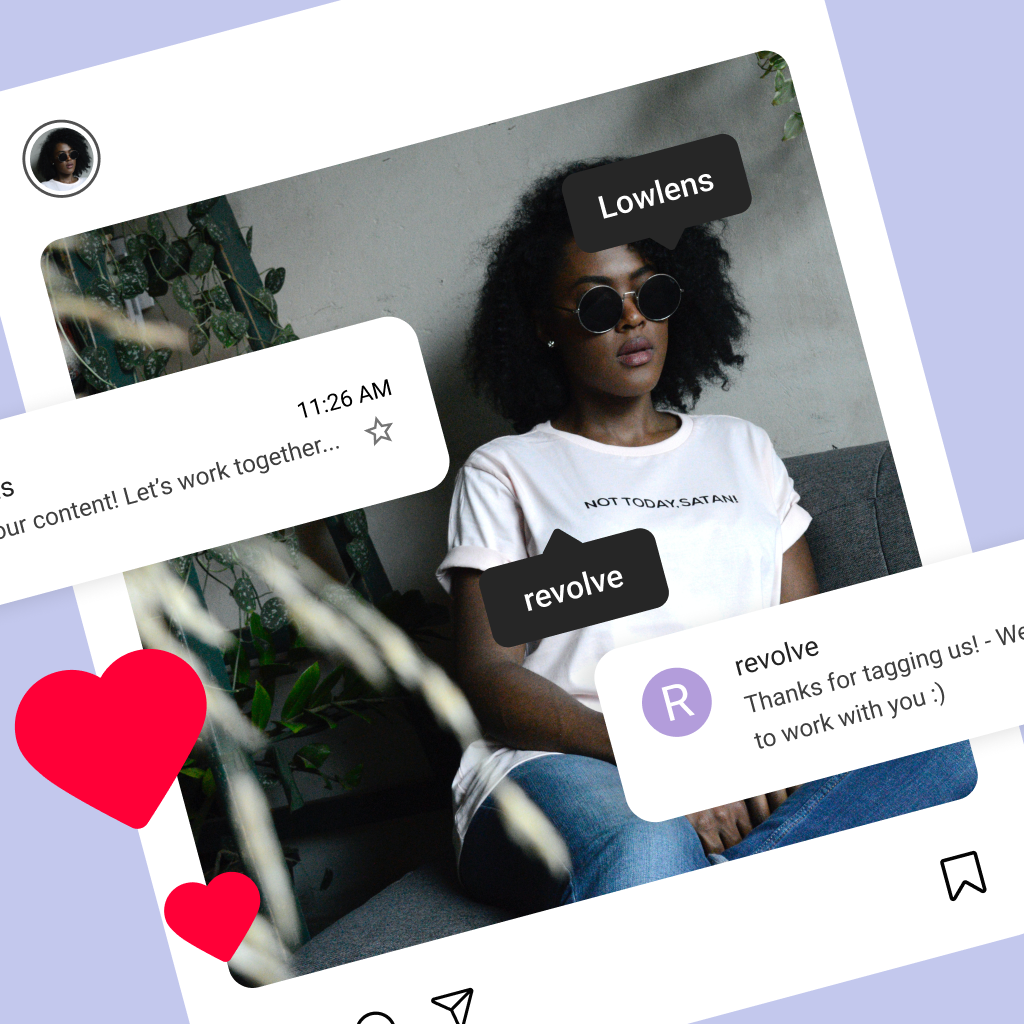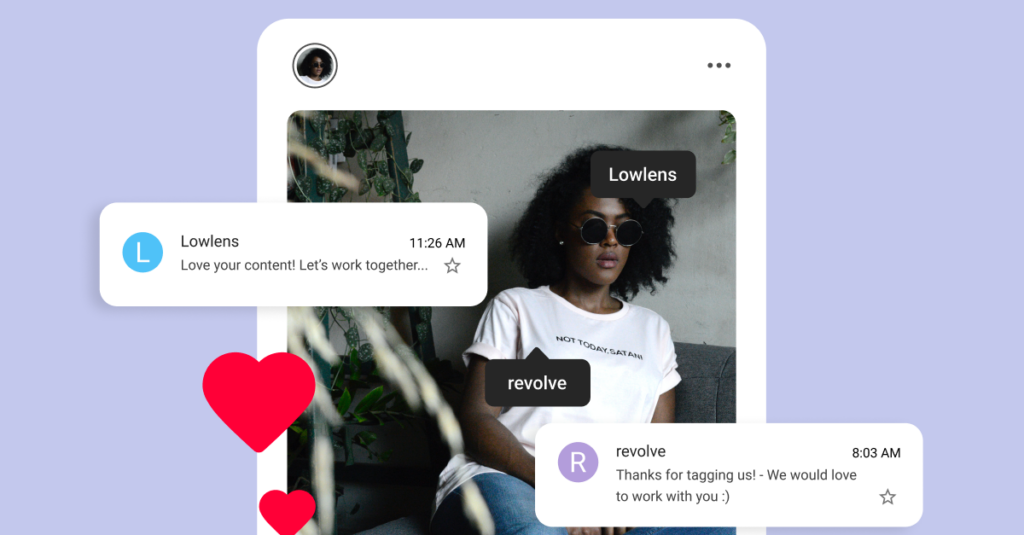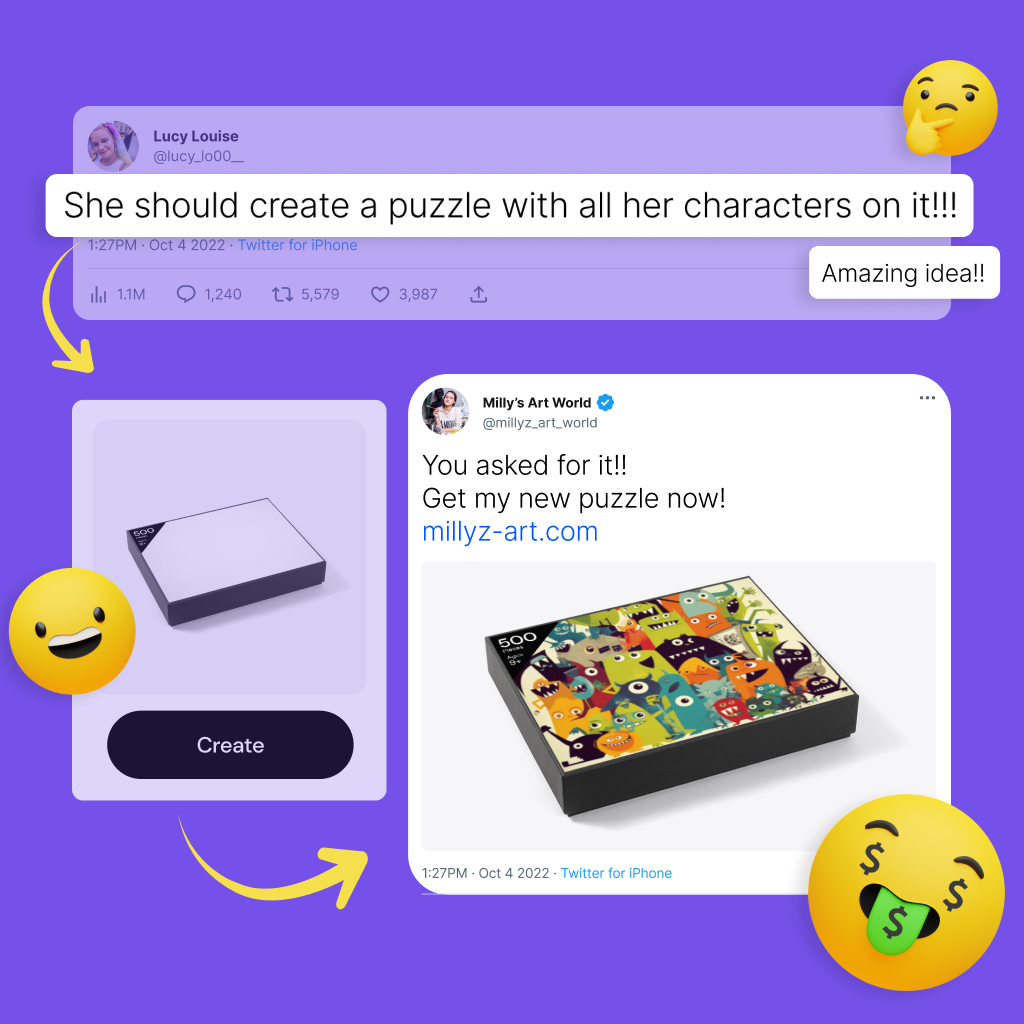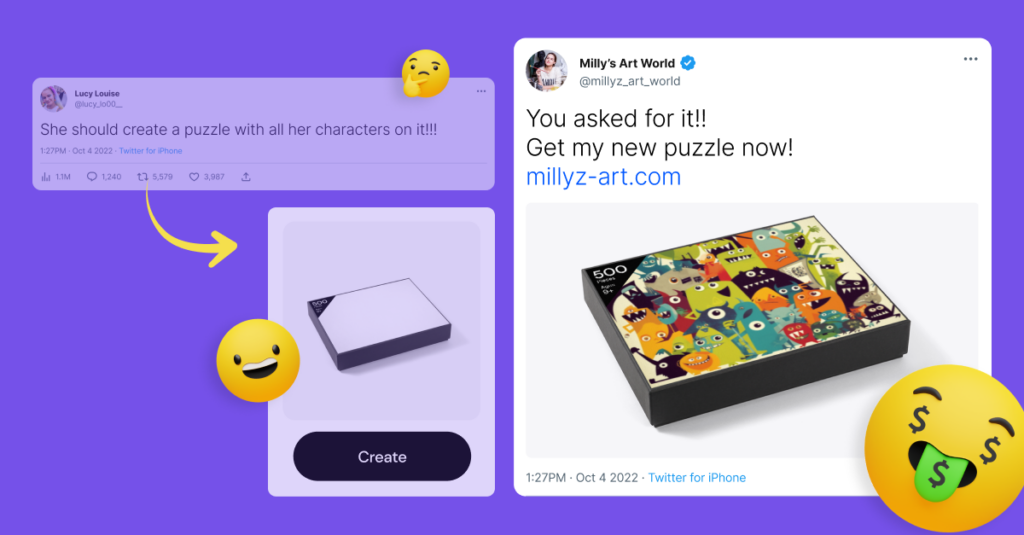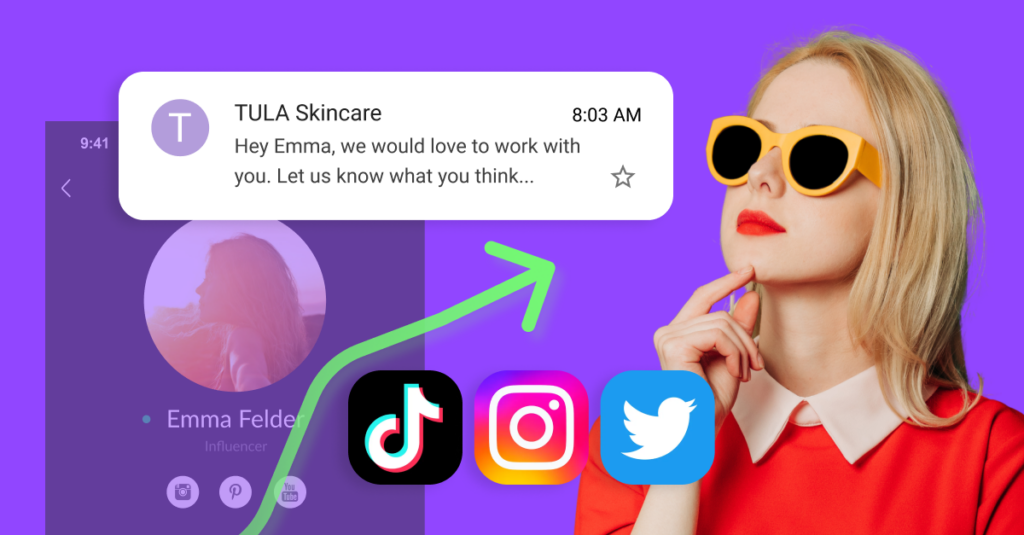
Whether you’re a seasoned creator or just getting started, partnering with brands is an important step in monetizing your brand. Whether you’re aiming to utilize strategies like product gifting, paid product collaboration, press trips, or giveaways (if you’re not familiar with these, this is a blog for another time), we can help you navigate the negotiation process with brands.
First, let’s try to cut out a key component of what could be stopping many of us. Human beings are emotional beings. However, emotion has no place in business (unless of course it aids the sale) and certainly not in negotiations. Knowing this, it’s easy to see why both sides at the negotiating table really need instruction. We’re not claiming you’ll be an expert negotiator after this blog (although you may be), but we’ll give a quick rundown on the basics so you can start getting paid for your hard work!
Here are 8 tips for negotiating brand deal contracts as a creator, because at the end of the day, a solid contract is the roadmap to a lucrative relationship.
1. Learn the Value of Your Platform
You’re putting yourself at a disadvantage if you begin negotiating without knowing your platform’s value. Analyze your metrics––likes, comments, shares, views, etc. This includes the demographics and size of your audience. Why do you need to know this? Because it’s the first thing the brand you’re negotiating with is going to research. It’s how they will determine what to offer you. You might as well be ahead of them in the game. However, the numbers alone are not the value of your brand. Your unique perspective and voice is an asset that only you bring to the table. Brands are eager to take risks when they see someone interesting. Never be shy about pointing out these qualities when it comes to discussing potential partnerships.
2. Incorporate Other Platforms
This is simple. The more platforms, the more audience you can reach, the larger the collaboration, the higher the ROI, the higher rate you can ask. For example, if in addition to YouTube and IG you also have a blog, add the blog post to the campaign, as that content will stick around for years, adding long-term value to the brand.
3. Research Market Rates
It’s a known practice for brands to undercut in offers. But if you don’t know the market rates, how are you supposed to know if you’re getting a fair deal? Familiarize yourself with market rates for creators. Check out the latest posted rates per platform here. This information is key for you to use as a benchmark in your negotiations.
Note these calculations depend on a few factors:
- Engagement rate: The higher your engagement rate, the higher you can raise your rates!
- Exclusivity: Let’s say you partner with a T-shirt brand and they say you cannot work with other T-shirt brands for 6 months (exclusivity). This could be a loss of income for you, which means you can charge the brand more for exclusivity terms.
- Rights to content: If brands are going to use your content in the campaign and not give you credit for it, make sure it’s in the contract that you are to be compensated extra for that!
Remember that rates are never set in stone. If you feel strongly that your audience and content are valuable to a brand, it’s perfectly fine to ask for more than the average rate. You know your value. Stay true to that.
4. Ask for Compensation if it’s not Offered
Just because a brand doesn’t mention compensation when they reach out to you to be part of their marketing campaign, it doesn’t mean they don’t have a budget. You have to ask. Most won’t even bring it up, because if you don’t have to pay for something, why would you? A nice way to approach compensation might be, “Thank you so much for reaching out to me. This campaign is a great fit for my audience. Does (brand name) have a budget for this?” Attaching your media kit at this stage (including the value you determined in step 1) is a great move.
If they say they have no budget, it’s up to you if you want to continue with a collaboration. Based on the time it takes to create content (a lot), you must decide if it’s worth it.
5. Clearly Define the Scope of Work & Deliverables
Clear communication is the key to everything in life. It really is. What does this brand expect from you? What do you expect from them? Deals fall apart every day because of misunderstandings or miscommunication. Define the scope of your work. Outline the deliverables (this means specifics––Instagram stories, YouTube videos, sponsored posts, etc.). But go even further. Are there content usage rights or exclusivity clauses? Are there any additional requirements from either party’s perspective? When you and the brand both have a clear understanding of what’s expected from the partnership, there is a solid foundation for a working relationship..
6. Negotiation is Not to be Feared
People fear this stage. When you switch your attitude and look forward to this stage, you’re ahead of the game. Don’t accept the first offer. Negotiation is not only a part of the process, but most brands expect you to counter. Be professional and respectful. Use clear communication in your reasoning behind your counteroffer. Be open to compromising on a middle number that satisfies both you and them. Negotiating is not just about money. You can negotiate content usage rights, the duration of the partnership, the scope of the work, the list is endless. Just know that negotiation is normal.
7. Aim for the Long Play
Sometimes we want the big money score, but sometimes it’s good to look at growth opportunities and/or long-term partnerships. Before negotiating, look past the monetary gain and consider the potential of the partnership long-term. Does this brand present opportunities for increased exposure, long-term perks, or ongoing collaborations? In other words, can it result in much higher revenue-stream down the road? If so, you may want to consider a lower rate initially. However, you must clearly communicate your intention of establishing a long-term partnership and mutual growth opportunities before the deal. They must understand you’re accepting the lower rate due to the potential. Being clear about this not only opens the door to a great relationship, but to more lucrative opportunities and a stronger and more diverse portfolio of partnerships in the long run.
And there you have it. We’re all human. When it comes to negotiating, remember which aspects of humanity to employ and which ones to leave at the door. And as a final reminder, always ensure the brands you’re working with align with your niche & values. Nothing is more human than that.
